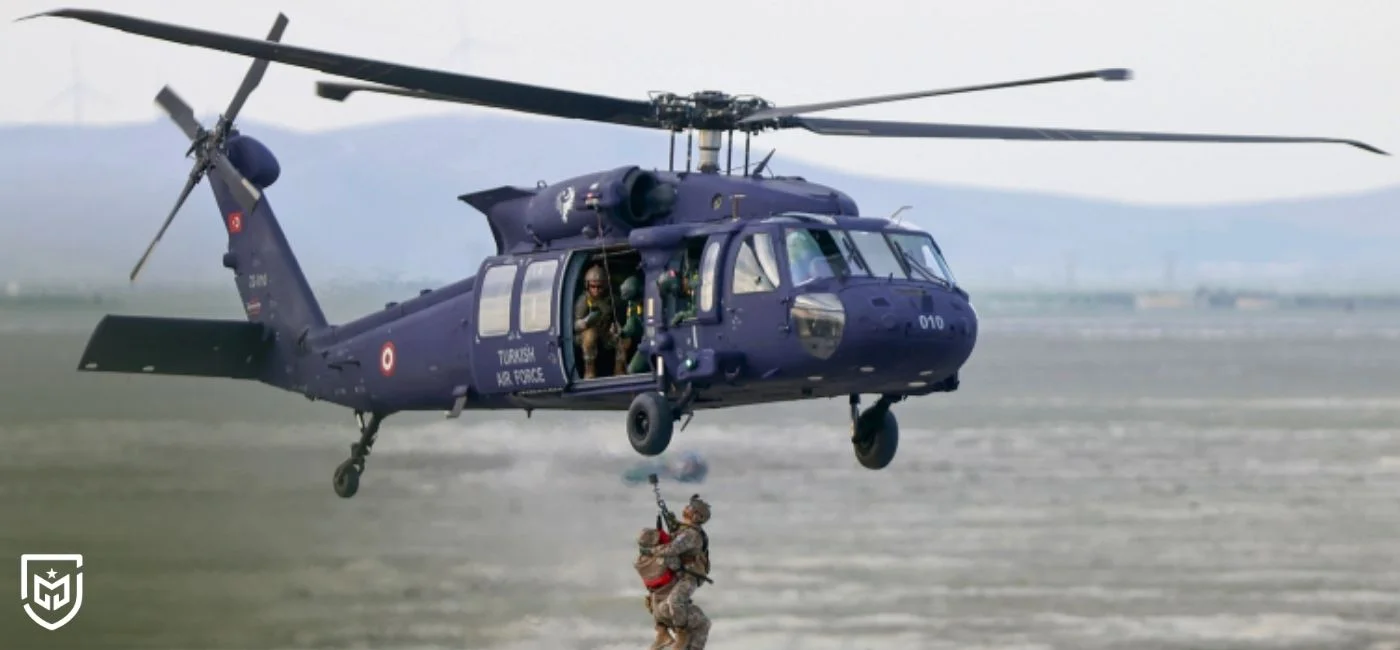

BREAKING NEWS

The International Anatolian Phoenix Exercise 2025, one of NATO’s most comprehensive multinational drills, took center stage this week at the 3rd Main Jet Base Command in Konya, Turkey. Organized under the leadership of the Turkish Armed Forces, the exercise showcased the operational excellence and coordination capabilities of allied air, land, and naval forces. During the media day, journalists received a detailed briefing on the participating units, mission scenarios, and exercise zones before witnessing live-action demonstrations featuring both Turkish and allied aircraft and helicopters.
The exercise hosted military contingents from the United States, Germany, Azerbaijan, Italy, Qatar, Poland, Romania, Slovakia, and Saudi Arabia, with more than 3,000 personnel and 48 air assets, including 621 foreign participants. Designed to enhance interoperability among participating nations, the drill focused on realistic combat scenarios such as personnel recovery, close air support, convoy protection, dynamic targeting, time-sensitive missions, parachute jumps, and casualty evacuations.
One of the exercise’s highlights involved F-16 fighter jets striking targets designated by Special Forces and JTAC teams, followed by helicopter units conducting casualty evacuation under simulated enemy fire. As opposing “enemy” forces engaged the area, Turkish attack helicopters responded with precision gunfire, ensuring the secure extraction of personnel. Observers from the viewing station described the event as a vivid simulation of modern battlefield operations, underscoring the coordination and professionalism of the participating forces.
A notable milestone of Anatolian Phoenix 2025 was the first-ever one-ton bomb drop by the Turkish-made HÜRKUŞ aircraft — marking a significant achievement for indigenous aviation capabilities. Typically conducted with 30 aircraft under NATO standards, this year’s mission was successfully executed using only eight aircraft equipped with Turkish-produced laser-guided bombs, demonstrating the advanced strike accuracy of the Turkish Air Force.
The exercise included assets from across the Turkish Armed Forces: 12 F-16s, one E-7T (Peace Eagle AEW&C), one Akıncı UAV, one CN-235, one ANKA-S UAV, AS-532 and T-70 helicopters, as well as units from the Land, Naval, Special Forces, Gendarmerie, and Coast Guard Commands. The event, ongoing since 2009, is conducted twice a year and remains one of NATO’s premier Combat Search and Rescue (CSAR) training programs. With the 2025 edition, Anatolian Phoenix once again reaffirmed Turkey’s role as a key training and coordination hub within the alliance, combining realism, interoperability, and technological innovation.
Post Comment
Comments
No comments yet.
Related News
ASELSAN General Manager Akyol: “We have paved the way for achieving what was thought impossible in the world”
Satellite Communication System Tailored for Equatorial Missions Empowers Türkiye’s National UAVs
U.S. MQ-28 Test Overshadowed by KIZILELMA’s Historic Air-to-Air Missile Success
Leonardo Signs Multi-Year Support Agreement for Italian C-27J Spartan Fleet
Ukraine Officially Receives Homegrown Flamingo Long-Range Cruise Missiles
Turkey–Hungary Defense Cooperation Expands: Gidran Production and New Joint Projects Accelerate
ANKA III Achieves Major Milestone: Autopilot Tests Successfully Completed
New Era in Turkey–Egypt Defense Cooperation: AKREP and HAMZA-1 Unveiled at EDEX 2025